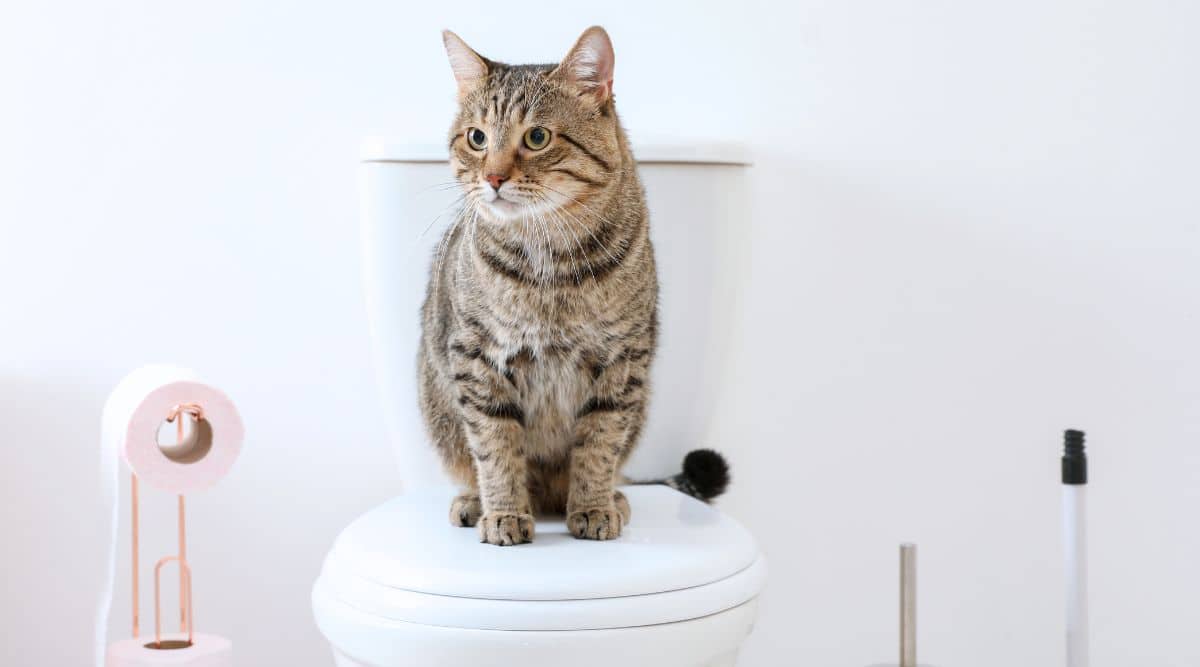The Risks of Disposing Cat Poop in Your Toilet - Precautionary Steps
The Risks of Disposing Cat Poop in Your Toilet - Precautionary Steps
Blog Article
Just how do you really feel with regards to How to Dispose of Cat Poop and Litter Without Plastic Bags?

Intro
As pet cat owners, it's essential to bear in mind exactly how we deal with our feline friends' waste. While it might seem hassle-free to flush pet cat poop down the bathroom, this practice can have damaging consequences for both the setting and human health.
Ecological Impact
Flushing feline poop presents damaging virus and parasites into the supply of water, positioning a significant danger to marine communities. These pollutants can adversely impact marine life and concession water top quality.
Health Risks
In addition to environmental worries, purging pet cat waste can additionally pose health threats to humans. Cat feces may have Toxoplasma gondii, a bloodsucker that can create toxoplasmosis-- a possibly extreme ailment, specifically for expectant females and people with damaged immune systems.
Alternatives to Flushing
Thankfully, there are safer and more liable means to take care of feline poop. Think about the following choices:
1. Scoop and Dispose in Trash
One of the most common approach of taking care of feline poop is to scoop it into an eco-friendly bag and throw it in the garbage. Make sure to make use of a devoted clutter scoop and dispose of the waste immediately.
2. Use Biodegradable Litter
Choose eco-friendly feline clutter made from materials such as corn or wheat. These trashes are eco-friendly and can be safely gotten rid of in the garbage.
3. Bury in the Yard
If you have a yard, think about hiding pet cat waste in a designated area away from veggie yards and water resources. Make certain to dig deep enough to prevent contamination of groundwater.
4. Set Up a Pet Waste Disposal System
Purchase a family pet garbage disposal system especially created for pet cat waste. These systems make use of enzymes to break down the waste, lowering smell and ecological effect.
Final thought
Accountable pet dog possession expands past supplying food and sanctuary-- it additionally includes proper waste administration. By avoiding purging feline poop down the commode and opting for alternate disposal approaches, we can minimize our environmental footprint and secure human wellness.
Why You Should NEVER Flush Cat Poop (and/or Litter) Down Your Toilet
The Problem with Litter
The main function of litter is to solidify and adhere to your cat’s waste. While this makes litter excellent for collecting cat poop and urine, it’s also the exact property that makes it a nightmare when flushed down the toilet.
Cat litter can and will clog pipes. There is non-clumping litter, but it’s still quite heavy and can build up in pipes. This is true even of supposed “flushable litter.”
The problems only compound when the litter is already clumped into cat waste. Toilet paper is among the more flushable things, and even too much of that will clog a toilet.
The Problem with Cat Poop
Sewers and septic systems are designed with human waste in mind. The microbes that help break down human waste don’t work on cat waste. Additionally, cat poop plays host to the parasite Toxoplasma gondii.
When flushed, this parasite can enter the environment in places it was never meant to, posing a risk to pregnant women, their unborn children, and other people with compromised immune systems. While it might not seem possible, flushing cat poop can indeed introduce this parasite to the public water supply.
These reasons are why, even if you’ve trained your cat to go on the toilet and flush, which is possible, it’s still not a good idea. Also, pregnant women and the immunocompromised shouldn’t change litter, either.
How to Handle Litter
The best way to handle litter is to simply put it in a plastic bag and place it in the trash. Avoiding environmental risks and possible plumbing damage is worth the extra effort.
You can also invest in devices that seal away your cat’s waste in a separate compartment, so you don’t have to change the litter nearly as often. They’re also safer for pet owners because they limit the possibility of Toxoplasma gondii exposure.
Disposing of litter the old-fashioned way will ensure you won’t have to worry about any issues that flushing the waste can potentially cause.
Take Care of Clogged Pipes with Stephens Plumbing, Heating & Air Conditioning
The reasons you should never flush cat poop down your toilet are numerous, but sometimes the inevitable happens despite your best efforts.
Stephens Plumbing, Heating & Air Conditioning is ready to help if you’re experiencing litter-blocked plumbing. Whether you need us in an emergency or want to schedule regular maintenance, we’re here for you.
https://www.stephensplumbing.net/bathroom-plumbing/never-flush-cat-poop-down-your-toilet/

I was made aware of that editorial on Don’t flush cat feces down the toilet from a good friend on a different website. Kindly set aside a second to distribute this blog entry if you enjoyed it. We enjoy reading our article about How to Dispose of Cat Poop and Litter Without Plastic Bags.
Call Today Report this page